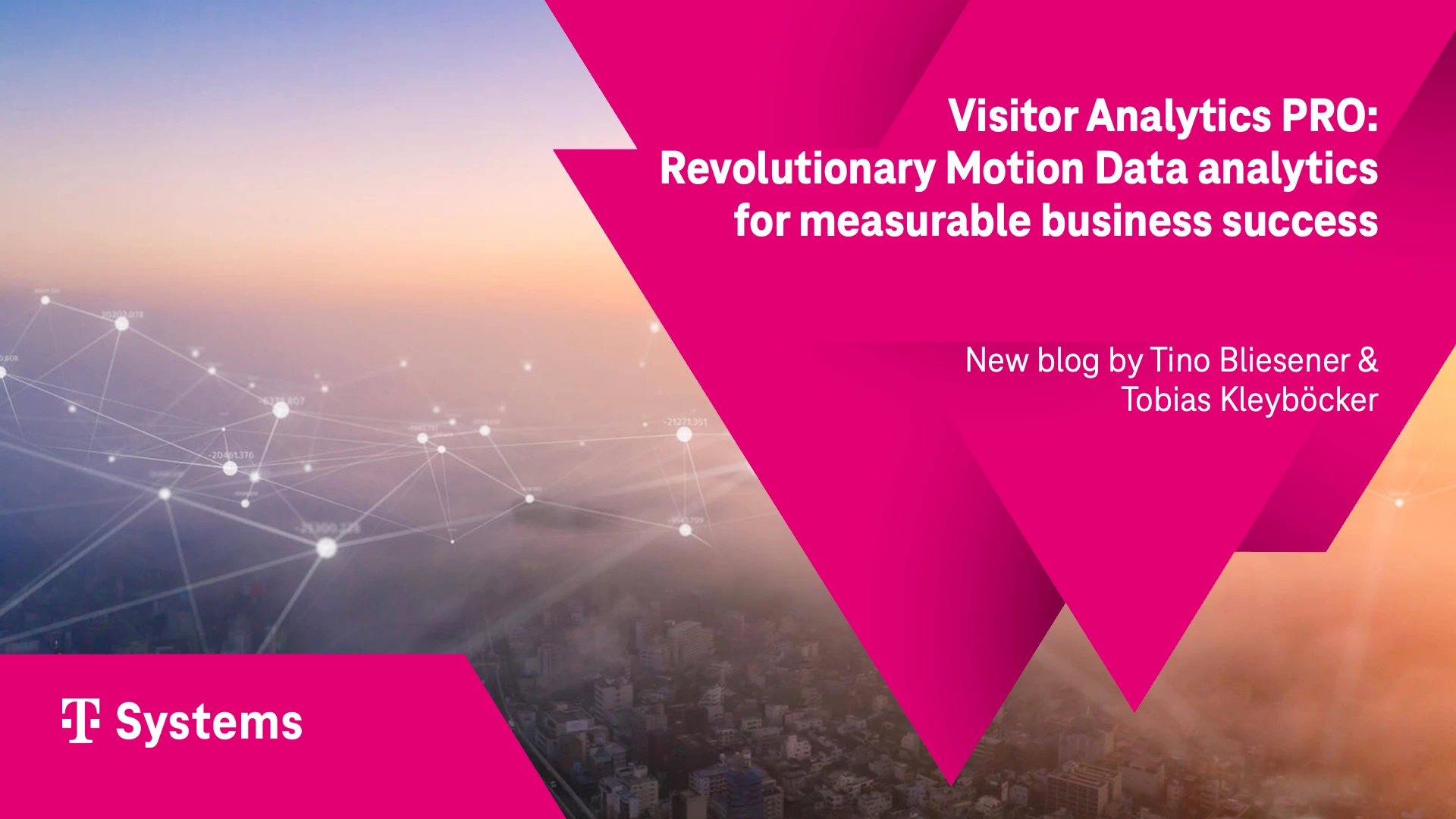The author wishes to thank data scientists Anant Vikram and Nikhil Mallela for visualization and analytics work with anonymized motion data to validate mobility use cases for this report.
The new space race – quiet but explosive
Elon Musk wants us to become a multiplanetary species and conquer Mars. In 2018 his “startup” SpaceX could launch more rockets than any nation on Earth. And other superstar entrepreneurs have joined the race: Amazon Founder Jeff Bezos with Blue Origin and Richard Branson of Virgin Group fame with Virgin Galactic. While billionaires are dueling it out in outer space and in the media, another space race is emerging, quietly sneaking upon us. Yet it will explode loudly, because most of us will be affected. It will happen right under our own feet, where we walk, drive, shop, work and live – in our streets and neighborhoods. This urban space race will be ignited by the success of robot drivers and autonomous vehicles (Schlueter Langdon 2018). Google’s Waymo robo-taxi operations in Chandler, Arizona, are a living example of the future today. Robotaxis will simply win, because they are cheaper – just as Ryanair and EasyJet have democratised air travel in Europe. A Robotaxi is cheaper because it saves the driver and can be used more often than a car today (Chang 2015), which is typically used by one person only and parked 95% of the time (Barter 2013). Because of the massive inefficiency of cars today, there is a broad consensus among regulators, such as the European Commission, the research community, consultancies and investors that future mobility will require less space (Taylor 2018, Kovacic 2018). And here is where the new space race begins: How to use reclaimed space? How to plan ahead?
Putting decision makers on the spot: City majors, planners, transportation authorities …
Urban areas have been built around last century’s vision of individual motor transportation and car ownership for most of us. Consequently, a large amount of urban space has been usurped by cars – highways, streets, driveways and parking (e.g., Jaffe 2015). The numbers are staggering: There are almost 2.5 parking spaces per person in the US (overview in Ben-Joseph 2012), and we know from our own experience that roads and parking can easily cover the majority of big city downtown areas. If future mobility requires less space, then how to reclaim it? For one, this is an entirely new challenge for traditional city planners. For another, answers may seem obvious: more green, parks … but they aren’t, and the stakes are massive. The future of cities may be at stake. Answers will affect real estate values, where to locate businesses and how to plan for public transportation. For many of us purchasing real estate is the single biggest investment in our lives by far. For businesses, it is crucial to place showrooms, branches and facilities near customers. New public rail systems require long planning horizons. And at a global level entire urban ecosystems are competing for the same jobs and opportunities from Silicon Valley and Shenzhen to Stuttgart. Recycling urban space is a decision conundrum for any urban planner.
Doing things right: Starting with behavioral variables – people traffic data
Management guru Peter Drucker eloquently suggested deciding between a left or right turn before running – or doing the right thing first before doing it right (2001). For urban decision making, this translates into focusing on the right data first, before jumping into analytics; because analytics can only extract what’s in the data. For decisions on recycling urban space, no data is more valuable and information-rich than people traffic data. This data is of the relatively new type of behavioral data (Crosby & Schlueter Langdon 2014). And it has already revolutionized the advertising business. Instead of asking readers and shoppers what they do, digital tools, such as Google Analytics, capture exactly what customers are doing online in real life. The decline of the analog media business is proof of the power of such behavioral data. Now cities are next: For data-driven urban decision-making people, traffic data is key behavioral data. Any decent car navigation system requires traffic data to compute travel times and provide routing recommendations. Similarly, people traffic data would be required to assess “stress” on urban infrastructure as a starting point for planning and investments.
Advantage of anonymized motion data: Fuel for a smart city response to the space race
Of course, it comes without saying, that any people traffic data has to be fully compliant with data privacy and protection regulation, such as GDPR (link). This is why branded data, such as people traffic data from anonymized motion data, has an advantage. Brands vouch for quality. We, consumers, pay more for a branded product than its white-label competitor to reduce the risk of failure. Even for low-risk items, such as toilet paper, most consumers continue to trust brands (Hale 2014). We know that in today’s hyper-connected world no brand could risk laps in quality.
Another advantage of anonymized motion data is in its versatility; it can go all the way. It can be used for first, descriptive analysis, establishing symptoms, such as “hidden” or unexpected traffic bottlenecks. Secondly, it can be utilized for diagnostics purposes or predictive analytics, to understand why bottlenecks occur. And finally, anonymized motion data will be irreplaceable for taking analysis all the way from symptoms and diagnosis to prescriptions or prescriptive analytics, filtering out win-win investment opportunities for cities (Schlueter Langdon 2014). Data scientists with the Telekom Data Intelligence Hub proved this point: They have created a prototype application with anonymized motion data to optimize operations of shared mobility services. For example, where to place vehicles, when and how many? The Data Intelligence Hub offers a range of anonymized motion data, from standard data sets to new, exclusive data solutions optimized for urban and mobility planning decisions.
References
Barter, P. 2013. Cars are parked 95% of the time. Let’s check! Reinventing Parking (February 22nd), link
Ben-Joseph, E. 2012. Rethinking a Lot. MIT Press: Boston, MA, link
Chang, A. 2015. The future of autos: fewer humans at the wheel. Los Angeles Times (November 18th), link
Crosby, L., and C. Schlueter Langdon. 2014. Technology Personified. Marketing News, American Marketing Association (February): 18-19, link
Drucker, P. 2001. The Essential Drucker. HarperCollins Publishers: New York, NY
Hale, T. 2014. Private labels versus brands: Can’t we all just get along? Consumer & Shopper Insights, Nielsen, link
Jaffe, E. 2015. How Parking Conquered L.A., link
Kovacic, M. 2018. The future of cities. World Economic Forum (April 11th), link
Schlueter Langdon, C. 2018. The Auto Service Shift and 7 Gaps. Working Paper, Drucker Customer Lab, Drucker School, Claremont Graduate University
Schlueter Langdon, C. 2014. 3-Step Analytics Success With Parsimonious Models. In: Wang, J. (ed). Encyclopedia of Business Analytics and Optimization. IGI Global: Hershey, PA; London, 2014: 1-13
Taylor, E. 2018. The elephant in the planning scheme: how cities still work around the dominance of parking space. The Conversation (January 28th), link




















